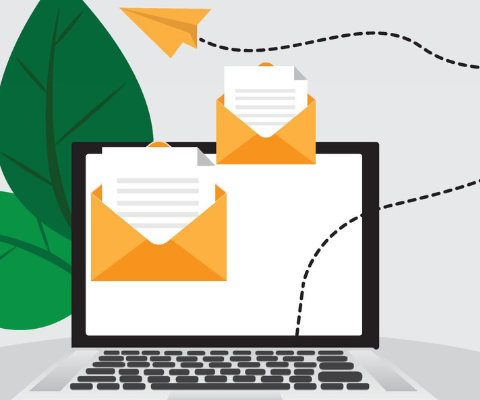Navigating Social Media for Mental Well-being: 4 Strategies to Stay Grounded
Ever found yourself in a cycle of deleting and redownloading social media apps? You’re not alone. Many of us have felt the pull of endless scrolling, only to realize hours have slipped away. Here are four ways to protect your mental health in the age of social media:
Recognize the Impact: After a night of scrolling, it’s common to feel the need for a break. But without understanding how social media affects us, we may find ourselves back in the cycle. Awareness is the first step towards change.
Understand the Relationship: Social media isn’t inherently good or bad. It can foster connection and provide valuable information, but it can also lead to overload and overwhelm. Recognizing the nuances of this relationship is crucial.
Set Boundaries: Take control of your social media usage by setting boundaries. This could mean limiting your screen time, unfollowing accounts that don’t serve you, or scheduling regular breaks. Find what works for you and stick to it.
Cultivate Real-Life Connections: While social media can provide a sense of connection, it’s no substitute for real-life relationships. Make time for face-to-face interactions with friends and family, and prioritize activities that nourish your mental well-being offline.
By taking proactive steps to manage your social media usage, you can protect your mental health and find balance in the digital age. Remember, you’re in control of your online experience.
Preparing for the Holiday Season: Email Delivery Best Practices
Q: Could you provide a brief overview of email deliverability for those who may not be familiar with it?
Certainly! Email deliverability can often seem like a blend of science and magic, but let’s simplify it. The journey of an email from sender to recipient’s inbox involves two main stages.
Firstly, the email is sent to the recipient’s mailbox provider, like Gmail or Yahoo. At this stage, the provider either accepts or rejects the email. If accepted, it’s considered successfully delivered.
Secondly, after acceptance, the mailbox provider conducts automated checks to determine where the email should land. If the sender has a good reputation, the email goes to the inbox; otherwise, it may be filtered to spam. This entire process constitutes email deliverability.
Q: What steps can customers take to ensure good deliverability and avoid the spam folder?
Customers can significantly influence deliverability by focusing on sender reputation and subscriber engagement. Here are five steps they can take:
Obtain explicit permission and opt-ins from recipients.
Ensure email content is anticipated and desired by the audience.
Prioritize recipient engagement and minimize spam complaints.
Regularly update and maintain email lists by re-engaging inactive subscribers and removing dormant ones.
Authenticate sending domains, at least by setting up DKIM.
Q: Why is deliverability particularly crucial during the holiday season?
The holiday season witnesses a surge in global email traffic, especially during events like Black Friday and Cyber Monday. Marketers intensify their email campaigns during this period, leading to a strain on mailbox providers.
In such times, providers must balance filtering legitimate emails and preventing spam from inundating inboxes. Marketers aiming to reach crowded inboxes need to understand the email ecosystem’s constraints to ensure their well-crafted content isn’t inadvertently filtered out.
Q: Is it too late for customers to prepare for the upcoming holiday season?
No, it’s never too late to prepare for the holiday season. Even if holiday campaigns are underway, customers can still follow deliverability best practices. They can audit databases, review campaign reports, and focus on list hygiene.
Engaging less-active subscribers with a “check-in” email allows marketers to gauge interest and maintain list quality. Removing unresponsive subscribers prevents damage to sender reputation and ensures effective communication.
Q: What are your top tips for maintaining and improving deliverability?
Here are some key tips:
Avoid sudden changes in email practices, such as altering sender addresses or branding, to maintain consistency and recognition.
If anticipating a surge in email volume, devise a ramp-up plan to mitigate potential filtering or blocking by mailbox providers.
Set up DKIM for sending domains to enhance email authentication.
Utilize Campaign Monitor’s Insights reporting to track campaign performance and identify trends.
Monitor subscriber engagement to prevent email fatigue and maintain sender reputation.
Q: Any final advice for Campaign Monitor customers?
Remember that landing in the inbox is a privilege earned through trust and respect for subscribers’ expectations. While increasing sales through higher email frequency might seem tempting, it’s crucial to prioritize long-term inbox placement and subscriber trust.
By implementing these practices, marketers can improve email list quality, database management, and overall campaign effectiveness, ensuring better inbox placement and engagement.










































